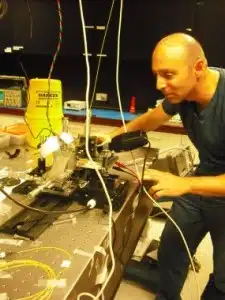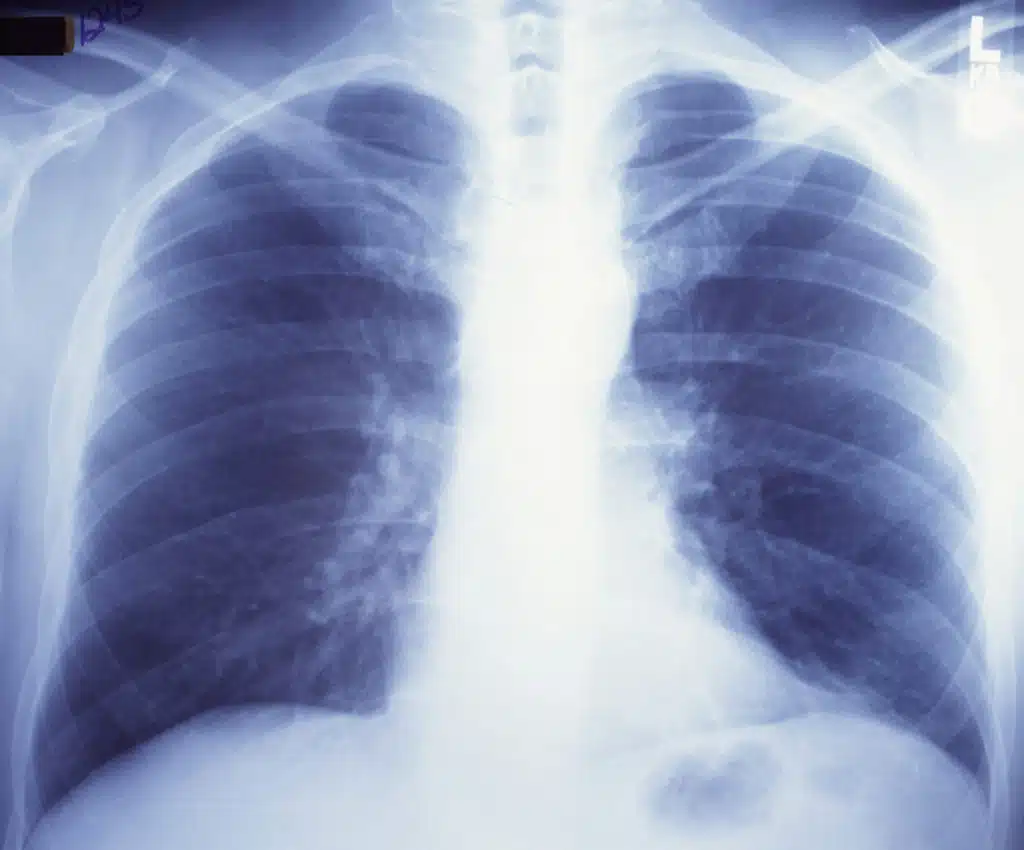A breathalyser-type device has the potential to sniff out lung cancer in a patient’s breath, allowing for the early detection of the disease without the need for an invasive biopsy.
Gino Putrino and a research team at The University of Western Australia have created an artificial nose that can detect the volatile organic compounds associated with lung cancer, as well as the ‘smell’ of explosives in an airport and the pesticides in groceries.
“The air we breathe is packed full of invisible chemicals that carry a huge amount of useful information. A sensitive enough device can decipher this information, giving us the ability to tell if someone has lung cancer simply by sniffing their breath, detecting explosives in an airport, or just checking if vegetables in a supermarket are fresh,” says Gino, who did the research
Studies have shown dogs can be trained to detect lung cancer by smelling people’s breath. Researchers worldwide have recently been able to duplicate this canine feat with devices, but they are often large and static.
“We found a way to miniaturise a core part of the device, making it more sensitive and small enough to be built into a hand-held package,” says Gino.
The handheld device is still in the early stages of testing and may take up to 10 years before it is commercially available. However, strong industry interest has helped fund applications for three US patents based on this technology.
WA State Finalist: Gino Putrino, The University of Western Australia





 Fresh Science is on hold for 2022. We will be back in 2023.
Fresh Science is on hold for 2022. We will be back in 2023.